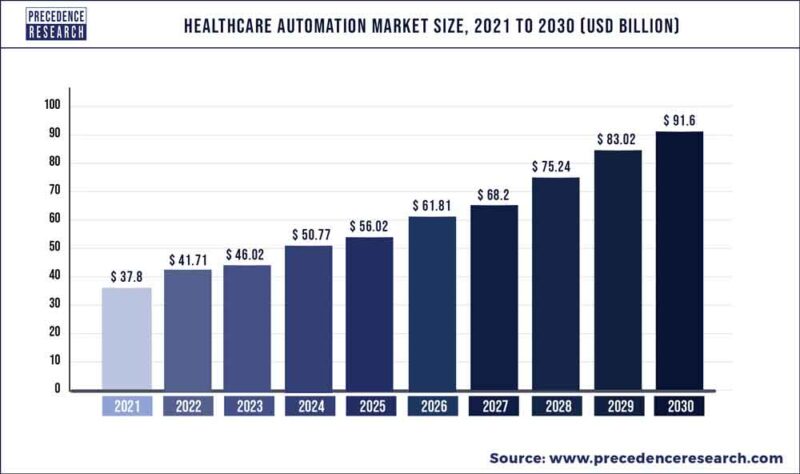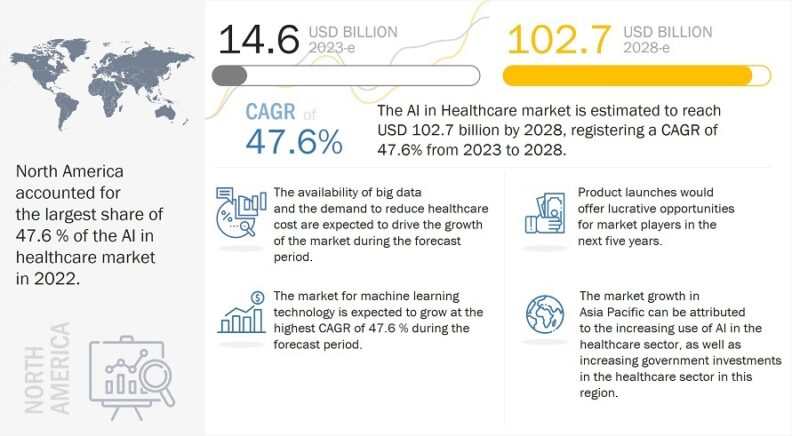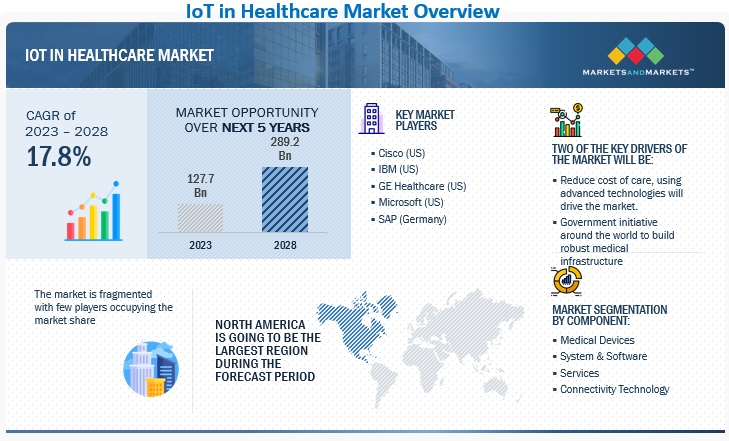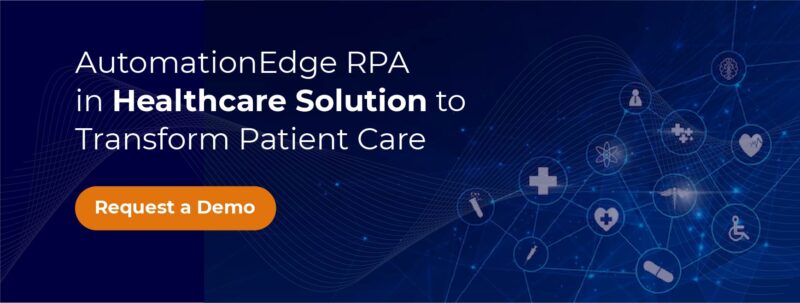The healthcare industry is beyond just the mere indulgence of patients and doctors; it is a complex ecosystem that includes a wide range of tasks, such as organizing appointments, collecting data, and managing bills or payments. While technology cannot diagnose or treat illnesses, it may undoubtedly play a big part in assisting with such tasks. All of these jobs are handled flawlessly by RPA in healthcare. The robotic chores that humans struggle with can be made rule-based by machines to take over. This will ultimately empower the healthcare staff to focus on their ultimate duty of providing love and care to their patients.

Source- Precedence Research
RPA, undoubtedly, has turned out to be a healer for the entire industry, especially taking over a crucial and time-taking chunk of tasks. That is the reason the growth of RPA in the healthcare market is expanding at a CAGR of 10.33% during the forecast of 2021-2030.
Significance of Upcoming Healthcare Trends
RPA in healthcare lightens the load on staff members and offers IT healthcare automation that can contribute to better patient outcomes. Moreover, the key drivers behind the higher adoption of RPA in healthcare are-
- Data Interoperability
- Rapidly Changing Business Models
- Preference for easy access to healthcare facilities
- Rising Healthcare Operational Cost
With these complexities and competing priorities, where must your organizations focus on driving a better healthcare experience? The answer is to keep an eye on the upcoming trends. As the healthcare industry continues to grow, newer trends emerge, offering a future projection. Capitalizing on these new technology trends before the competition rises high is the key to achieving automation at scale.
Let’s have a look at the upcoming healthcare automation trends in this blog to create better patient care.
Top 5 Healthcare Automation Trends in 2023

-
Artificial Intelligence and Robotics

Source- Markets & Markets Research
Since the pandemic, the role of AI and robotics has increased, and it continues to increase. Using AI in healthcare, organizations are automating manual, time- and resource-consuming, repetitive processes to get rid of healthcare costs. As healthcare organizations are flooded with last-minute appointments, insurance eligibility verification, electronic health record management, and claims management making it challenging and time-consuming to manage the few available slots. Using AI-driven bots, organizations can better manage these time-consuming processes and improve healthcare information management, clinical decision-making, and drug discovery.
-
Internet of Things

The Internet of Things (IoT) refers to the connection of devices, sensors, and machines to the Internet, allowing them to share data and communicate with each other. In healthcare, IoT has the potential to transform the way care is delivered and improve patient outcomes. Using IoT in healthcare devices can-- Monitor patients’ vital signs and collect data on their health status
- Detect early warning signs of health problems
- Alert healthcare providers to potential health risks.
- Track medical equipment and supplies
- Monitor the performance of medical equipment and detect potential problems
Overall, IoT has the potential to improve patient outcomes, reduce costs, and increase efficiency in healthcare. However, there are also concerns about data privacy and security that need to be addressed to ensure that patient data is protected.
-
Telemedicine

Source- Softermii
Telemedicine, also known as telehealth, refers to the delivery of healthcare services using technology, such as video conferencing, mobile apps, and remote monitoring devices. Telemedicine allows patients to receive care from the comfort of their homes or other locations, eliminating the need to travel to a healthcare facility. As per Mckinsey, around 55% of people said they receive better healthcare with telemedicine rather than the traditional mode of healthcare services. With Telemedicine in healthcare, organizations can leverage several benefits like- Improved access to care
- Reduced healthcare costs
- Increased patient satisfaction
- Improved patient outcome
Telemedicine is likely to continue to be an important part of healthcare even after the pandemic is over, as patients and providers have become more comfortable with using technology to deliver and receive care.
-
Self-Service Kiosks
Self-service kiosks are increasingly being used in healthcare to improve patient access, reduce wait times, and enhance the overall patient experience. These kiosks are similar to those used in other industries, such as banking and retail, and typically allow patients to perform a variety of tasks, such as checking in for appointments, updating their personal information, and paying bills. Here are some of the benefits of self-service kiosks in healthcare:
- Better Patient Engagement
- Improved Data Accuracy
- Easy Access to Healthcare
- Accelerated Data Security
-
Healthcare Equity
Health equity refers to the concept of everyone having a fair and equal opportunity to achieve good health regardless of their race, ethnicity, socioeconomic status, gender, or other social determinants of health. Unfortunately, in many parts of the world, health disparities exist, with certain groups experiencing poorer health outcomes than others. Using technologies like RPA, AI, and hyperautomation, healthcare providers can ease the access of healthcare to patients and promote healthcare equity. Also, by working together, healthcare providers, policymakers, and community stakeholders can help to ensure that everyone has an equal opportunity to achieve good health.
Healthcare Automation Market Size and Future
Healthcare providers always struggle to contain expenses while seeking to satisfy patients’ increased expectations. The astonishing annual cost of missed appointments to the US healthcare system is $150B. Healthcare businesses are turning to conversational AI and automation to handle the complexity of scheduling and automate typical healthcare-related operations as a result of increasing pressure to use resources more efficiently.
Healthcare automation will advance in 2023 with technology trends like telemedicine, AI, Internet of Things and a lot more. Despite industry-wide security improvements, threats are always changing and must be dealt with through prevention rather than reaction. Because of ground-breaking and developing technologies like artificial intelligence, machine learning, and extended reality, the quality and effectiveness of healthcare will keep improving.
Time and money are both at stake when selecting how to update your healthcare company. It’s crucial that you work with automation masters who are aware of your requirements and goals to provide you with the perfect solution.
The post Top 5 Healthcare Automation Trends You Can’t Ignore in 2023 appeared first on AutomationEdge.
This is a companion discussion topic for the original entry at https://automationedge.com/blogs/unlocking-the-top-healthcare-automation-trends-with-use-cases-that-rule-the-world/
